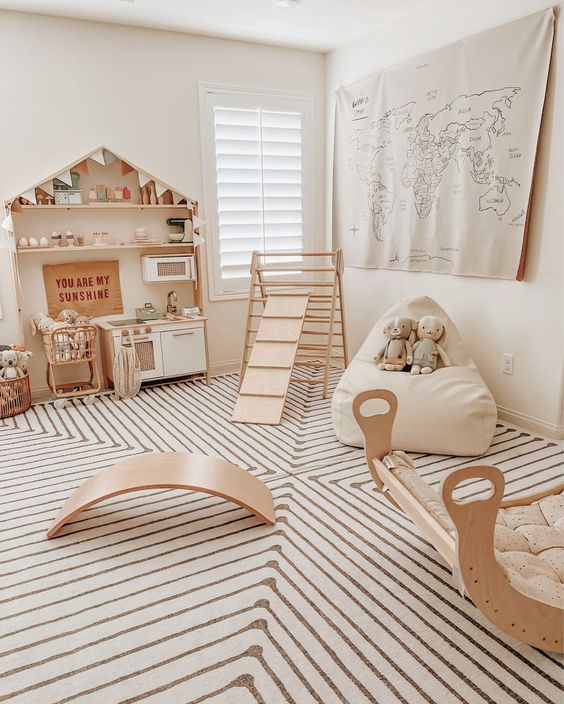Designing a Montessori playroom is all about creating an environment that promotes independent learning and exploration for your child. This method focuses on fostering curiosity, creativity, and self-directed activity. A well-thought-out Montessori playroom doesn’t require expensive materials but emphasizes simplicity, order, and functionality. In this article, we will explore how to set up a Montessori-inspired playroom that encourages children to engage in meaningful play, learn at their own pace, and develop life skills. We will dive into the most important aspects of creating this space, from choosing the right furniture to incorporating activities that align with the Montessori philosophy.
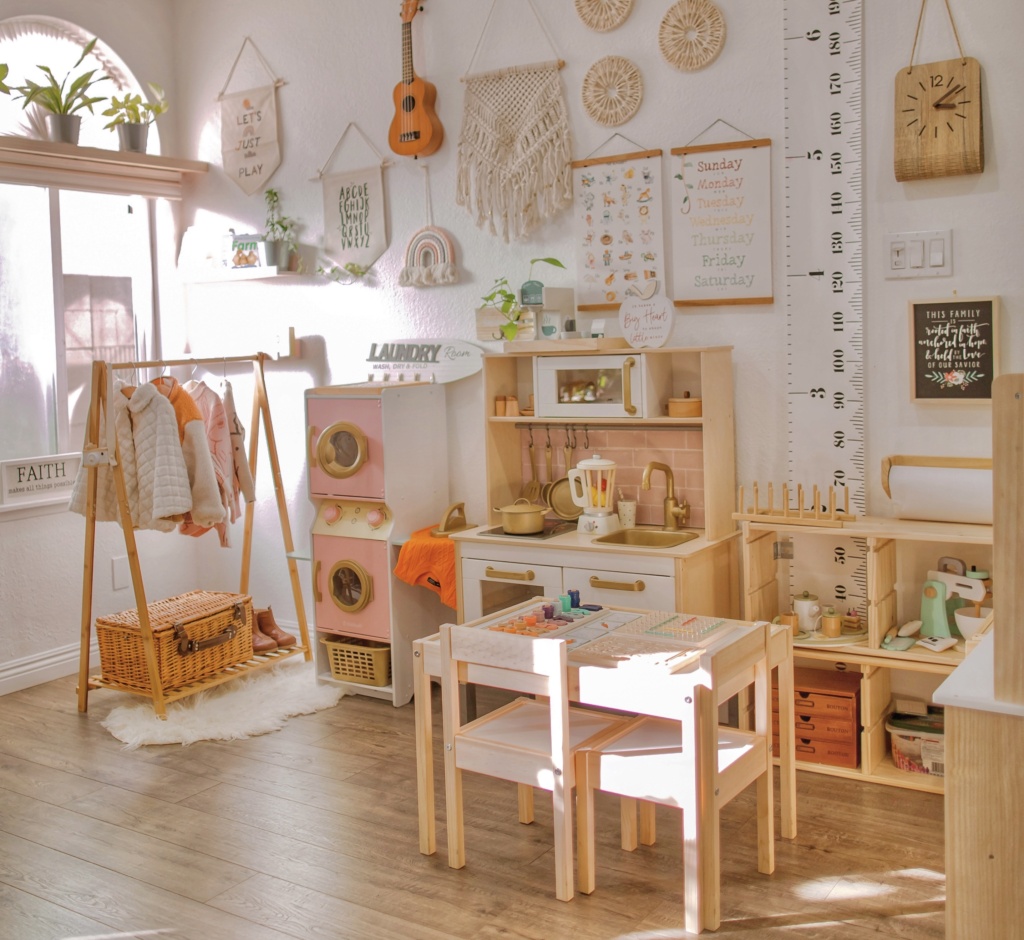
1. Child-Sized Furniture: One of the fundamental principles of a Montessori playroom is to have furniture that suits the child’s size. This ensures that children can access everything independently without adult assistance. Chairs, tables, and shelves should be at a level where the child feels comfortable reaching for materials or completing tasks. Small, child-friendly furniture makes the space approachable and encourages kids to take ownership of their environment, building confidence and independence.
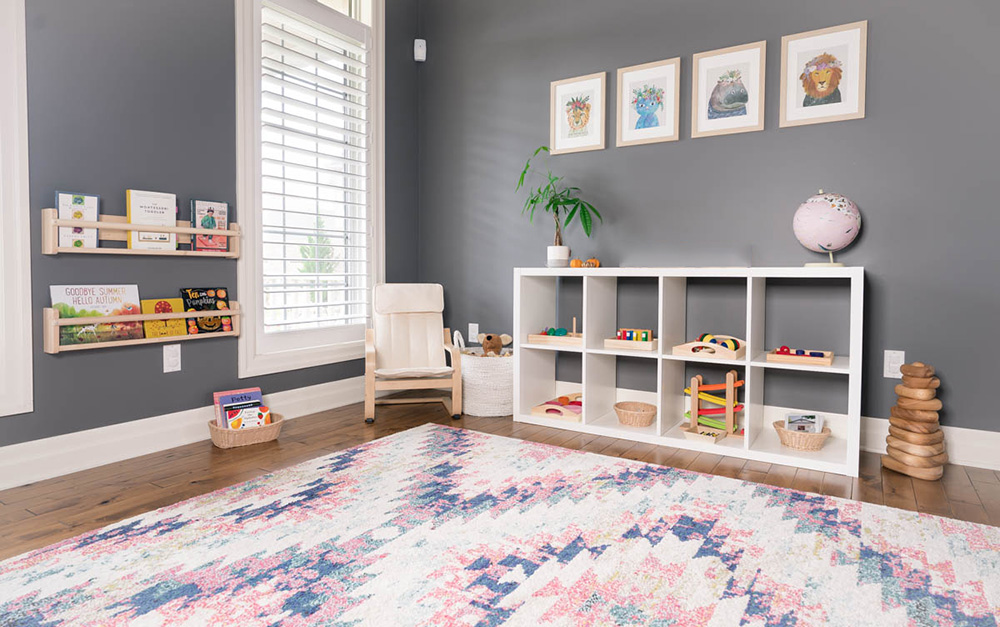
2. Open Shelving: Open shelving is a key feature of a Montessori playroom because it allows children to see all the materials available to them at once. When toys and learning materials are placed on low, accessible shelves, kids are more likely to explore and engage with them. The idea is to create a sense of order and clarity, so each item has a designated spot, making it easier for the child to choose, use, and return items independently.
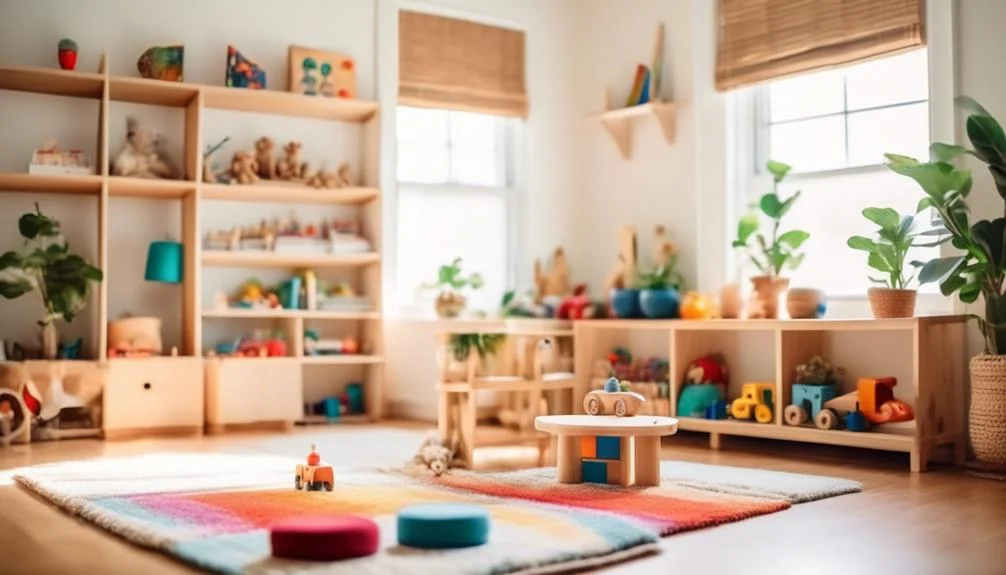
3. Natural Materials: Incorporating natural materials in your Montessori playroom is crucial. Wooden toys, cotton fabrics, and other organic materials help create a calm and grounded atmosphere. This type of sensory environment encourages children to connect with nature and gain a better understanding of the world around them. Moreover, natural textures and colors promote focus and minimize distractions, aligning with the Montessori philosophy of simplicity and mindfulness.
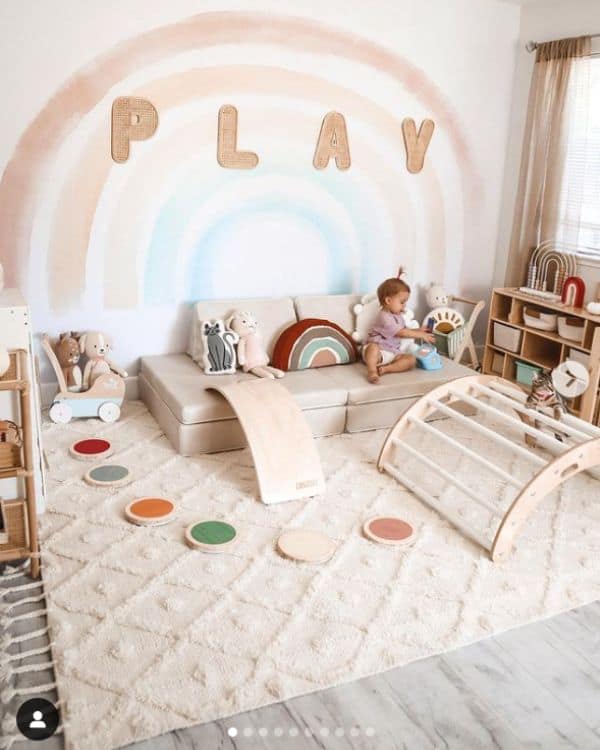
4. Rotating Toys and Materials: Instead of overwhelming the child with too many options, the Montessori method suggests rotating toys and learning materials periodically. By offering fewer items, the child is more likely to engage deeply with each one, enhancing their concentration and creativity. This also prevents clutter and keeps the environment tidy, contributing to the child’s sense of order and discipline.
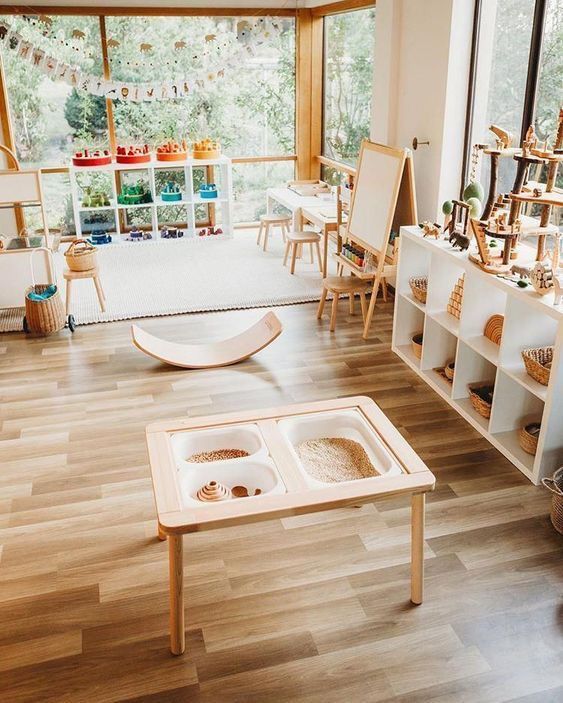
5. Creating a Reading Nook: A Montessori playroom should include a cozy reading nook with a variety of age-appropriate books. The books should be placed within easy reach of the child, and the nook itself should feel inviting and peaceful. Soft cushions, a small rug, or a beanbag can create a comfortable space where the child can sit quietly, fostering a love of reading and language development.
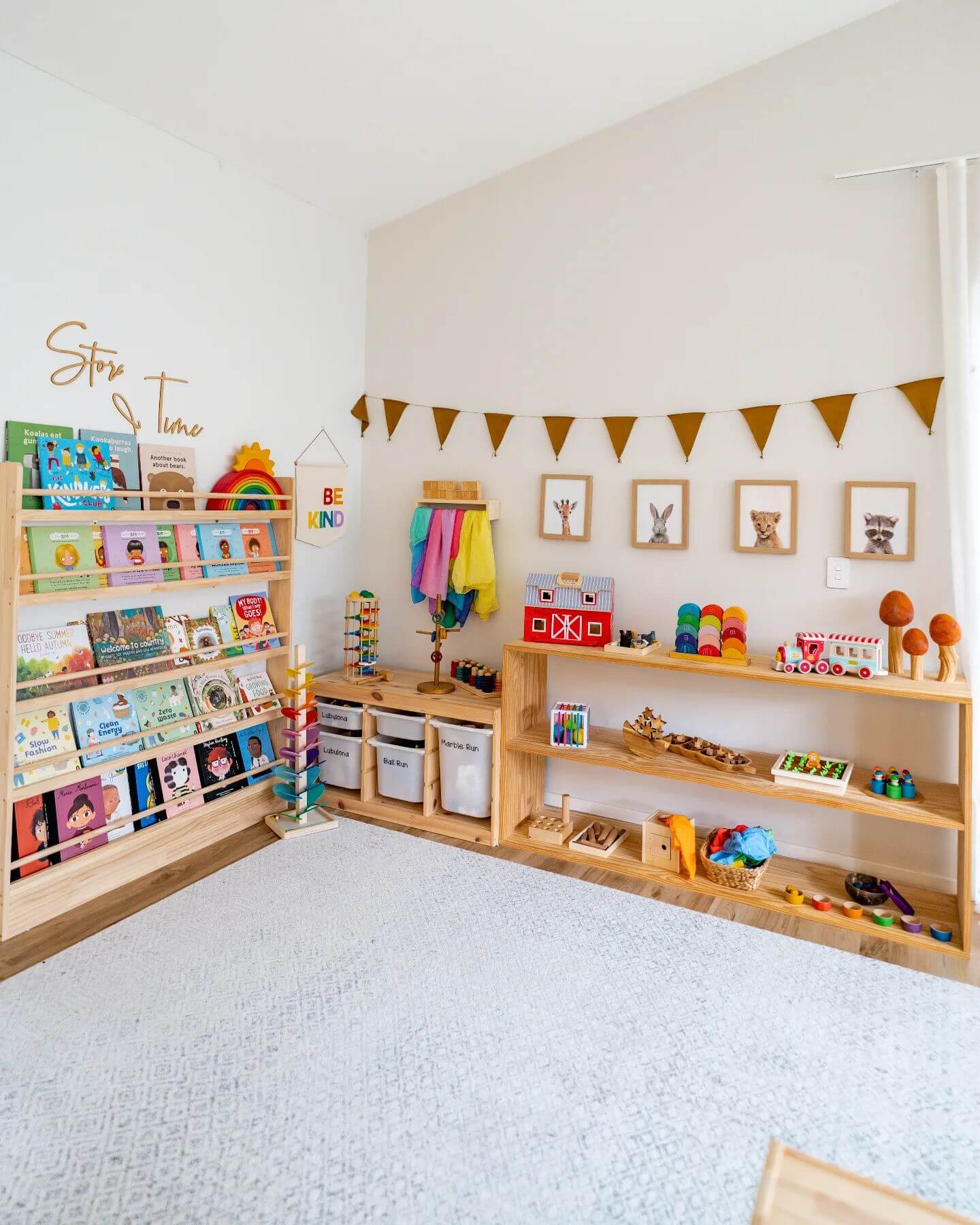
6. Practical Life Activities: Integrating practical life activities such as pouring, sweeping, and organizing into the playroom is a hallmark of Montessori education. These activities help children develop motor skills, hand-eye coordination, and a sense of responsibility. Providing child-sized tools for these tasks encourages the child to imitate adult behavior and practice independence in their daily routine.
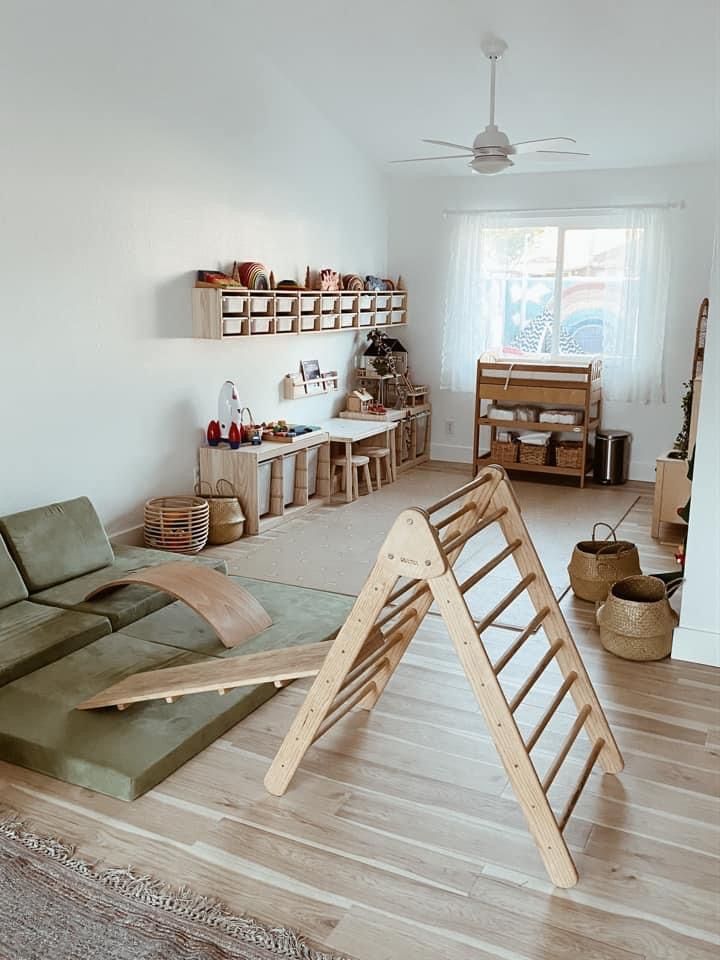
7. Quiet Space for Concentration: Montessori environments emphasize the importance of deep concentration. To encourage this, it’s important to create a quiet, distraction-free zone within the playroom where the child can work on puzzles, arts, or any activity that requires focus. Minimalism is key in this area, so ensure that the space is clean, clutter-free, and peaceful.
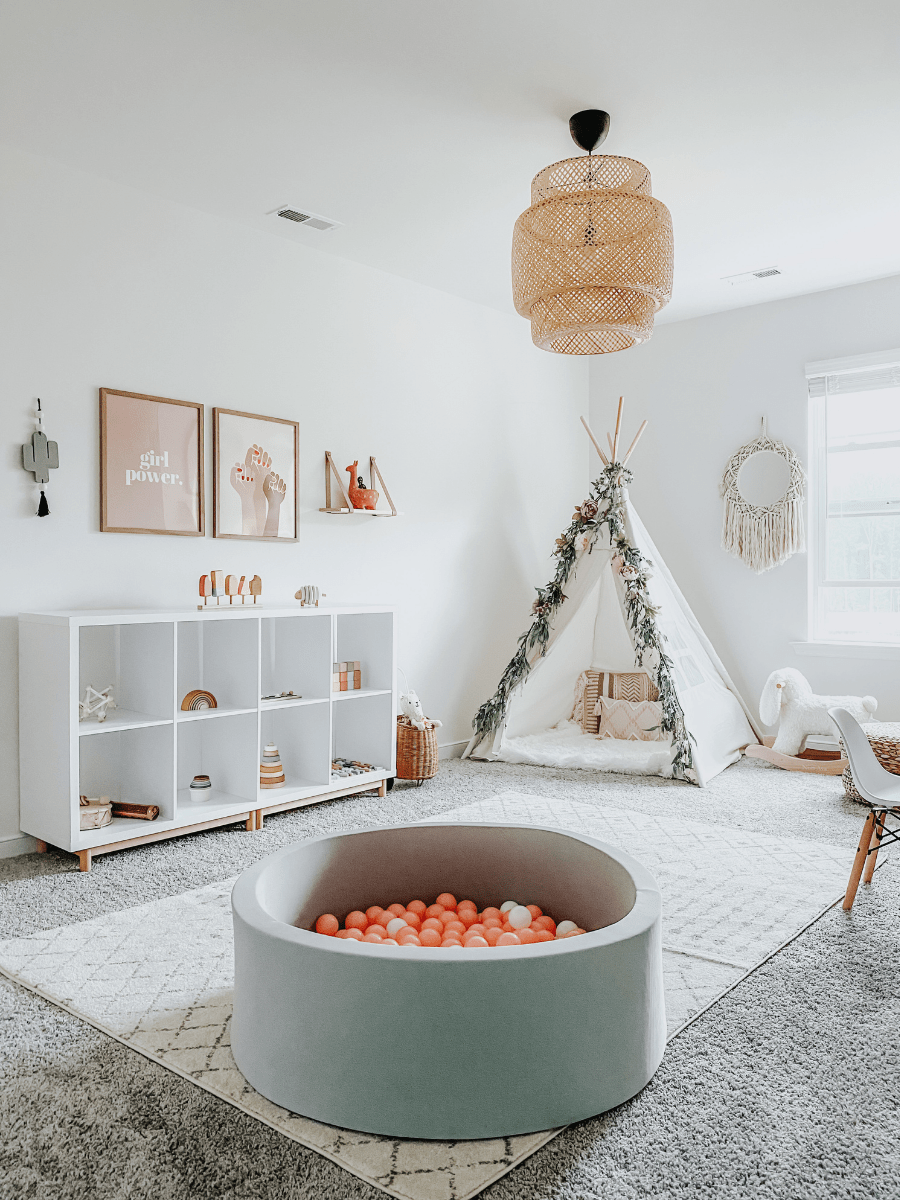
8. Low-Hanging Art and Mirrors: Art and mirrors hung at the child’s eye level add an element of beauty and reflection to the playroom. Artwork should be simple and natural, perhaps featuring landscapes or animals. Mirrors help children gain awareness of their movements and spatial orientation, a critical aspect of their cognitive and physical development. By placing these elements where children can interact with them directly, you enhance their sensory experiences.
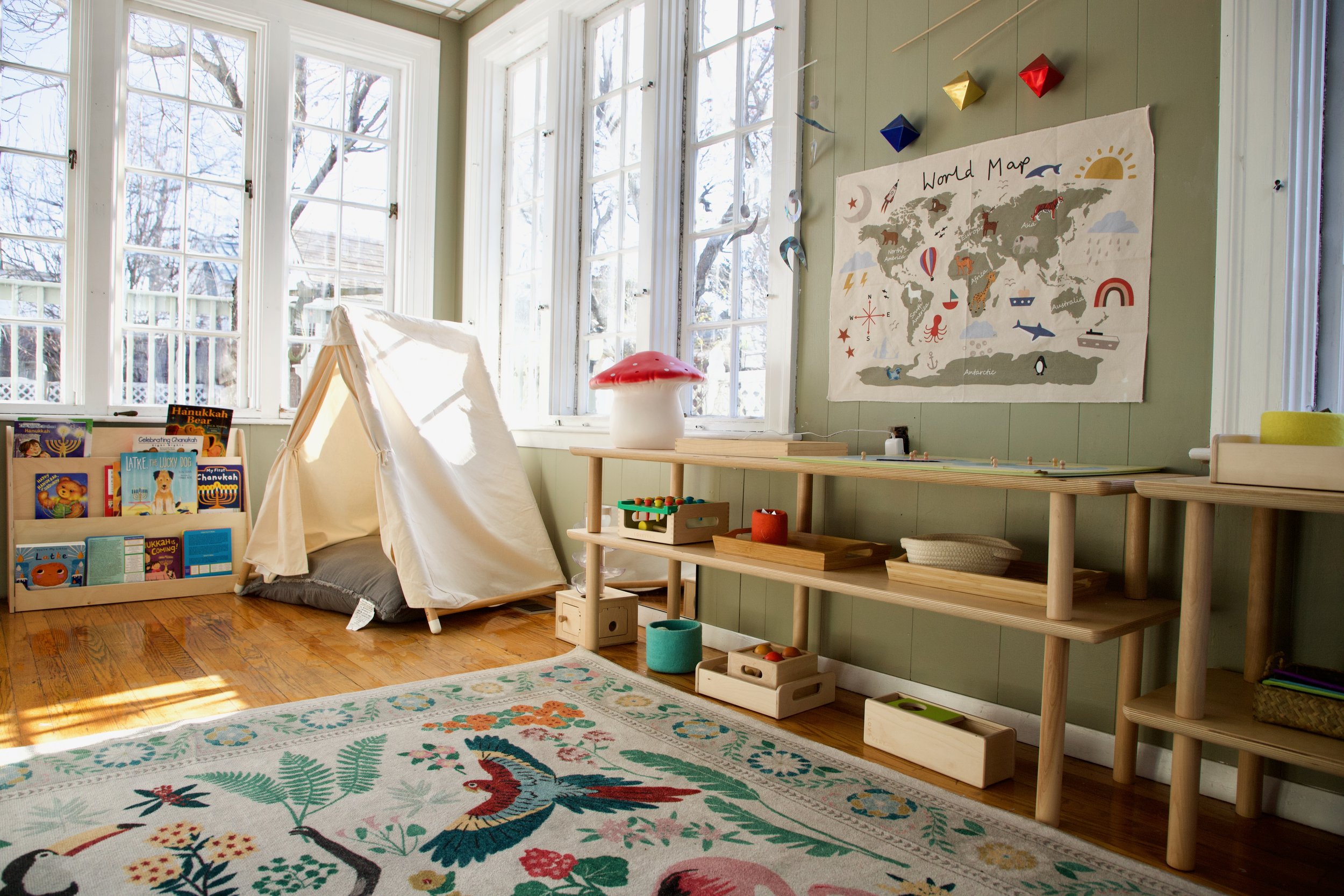
9. Encouraging Independence Through Choices: Montessori playrooms are designed to empower children by giving them the freedom to choose their activities. By organizing the space thoughtfully and presenting a limited selection of toys or learning materials, you offer your child the opportunity to decide what they want to engage with, fostering a sense of independence. It's about balance—offering enough options to keep them curious, but not so many that they feel overwhelmed.
